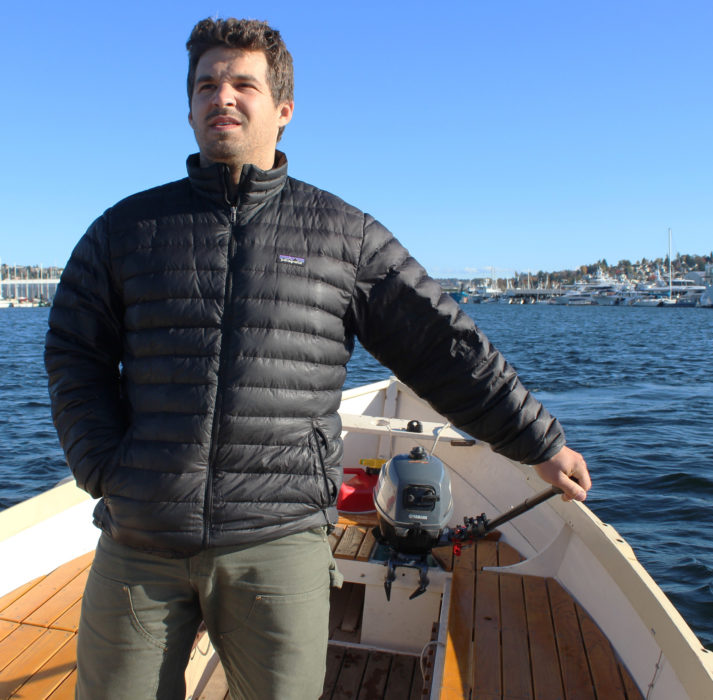 Photographs by the author
Photographs by the authorExtensions make it possible to get away from the motor while still steering and controlling the throttle.
Outboard motors are handy things on small boats, but they’re demanding devices. Hanging off the transom as they often do, they require a broad stern to support not just their weight, but the weight of the person stuck with holding the motor’s tiller.
Rigid extension handles make it possible to stand while at the helm and sit farther forward to lighten the burden in the stern, and articulated extensions, equipped universal joints, provide more options for where you plant yourself. I’d been using a plastic pipe as a rigid extension and thought I’d give an articulated extension a try. I found two: the Handi-Mate from Davis Instruments and the HelmsMate from Ironwood Pacific. They were both described in similar terms, so I thought one would be about as good as the other and bought the less-expensive Handi-Mate.

The Handi-Mate’s outer tube slides over the universal joint to switch from articulated to ridge.
The Handi-Mate was packaged in clear plastic, and it looked okay until I got it home and was able to get a look at the universal joint. The handle is made of two nesting aluminum tubes; the inner tube slips out to provide the adjustable length and the outer tube slips over the U-joint to make the transition from articulated to fixed. The snap buttons for both tubes were small and difficult to operate. When I exposed the U-joint, I was disappointed to see that it was plastic and very small. The larger tube has a diameter of about 7/8″, and the U-joint had to fit its 3/4″ inside diameter.
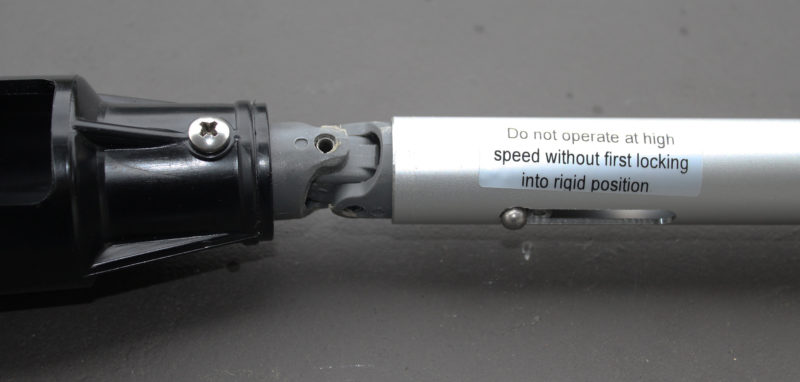
The Handi-Mate’s U-joint is made of plastic and has to be small enough to fit inside the aluminum extension tube.
I slipped the Handi-Mate socket over the handle of one of my outboards, a 4-hp Yamaha four-stroke. Tightening the socket’s knob presses a bar against the handle’s rubber grip. It holds it in place, but the pressure is applied only on the underside of the bar and on the opposite side of the rigid socket, so I suspect the socket will shift in one axis on a small handle. More troubling were the stops molded into the U-joint. They limit the extension’s range of motion and could leave the handle hanging in midair when released, a very vulnerable position; given the great mechanical advantage of the handle over the U-joint, I thought any force applied to the suspended handle would destroy the joint. I’d seen enough and didn’t need to try it on the water. I put it back in its package and returned it to the store for a refund.
The HelmsMate impressed me from the start. It comes strapped on a cardboard panel with everything showing, including the stout, stainless-steel U-joint. The device to lock the joint is a 3-7/8″-long aluminum tube that fits over the outside extension tube, so the U-joint’s size is limited by the largest tube’s 1″ outside diameter instead of its inside diameter, as with the Handi-Mate. The locking device has a textured plastic grip and an ingenious diagonal slot that tightens the connection between the outboard tiller and the extension, making it quite rigid. The 5/16″ snap buttons are easy to operate.

As a fixed extension, the HelmsMate provides a wiggle-free connection to the outboard’s tiller and throttle. The skipper can get their weight to the middle of the boat and stand for the best view forward.
The HelmsMate’s socket is slotted and the thumb screws that tighten it squeeze around the circumference of the outboard handle. The inboard end of the socket has two openings for access to those kill switches that are mounted on the tip of the outboard’s handle. (If you have an outboard with a tethered dead-man’s switch, you may need to add an extension to it to clip it on your person when you’re using the HelmsMate.)
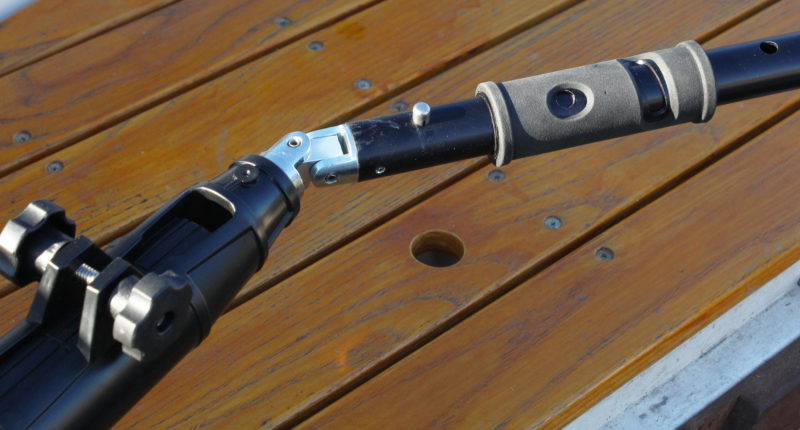
The HelmsMate’s universal joint is stainless steel and fits the 1″ inside diameter of the locking device, at right.
The U-joint has a good range of motion that varies from 75 to 90 degrees depending on its rotation, enough to let the handle drop to the floorboards before the joint has to take the strain. The extension tubes add from 32″ to 48″ to the reach of the outboard’s handle in six 2-3/4″ increments.
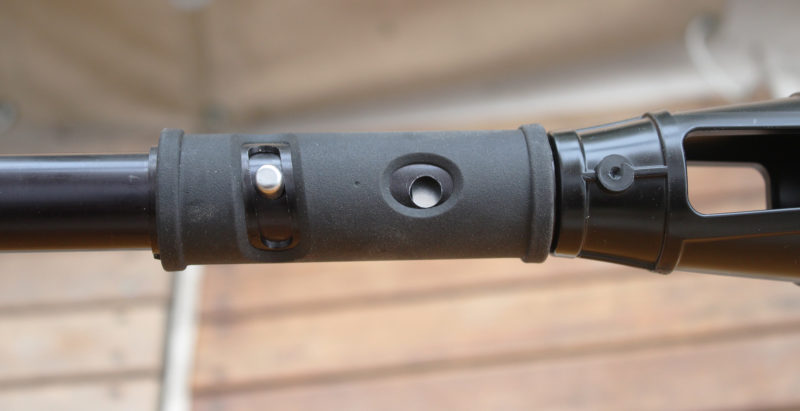
The locking device has a rubber grip and a diagonal slot that engages a push button. When the device is twisted, the connection between the socket and the extension is quite solid.
Having the HelmsMate’s U-joint locked out provides positive control of the motor, and I was comfortable using even the full extension while the motor was at full throttle and pushing the boat at 5 knots. With the diagonal slot tightening the connection and the socket squeezed tight on the tiller handle, the only play is in the tiller’s connection to the motor head. I like motoring standing up, and the HelmsMate, locked straight, works very well for that.
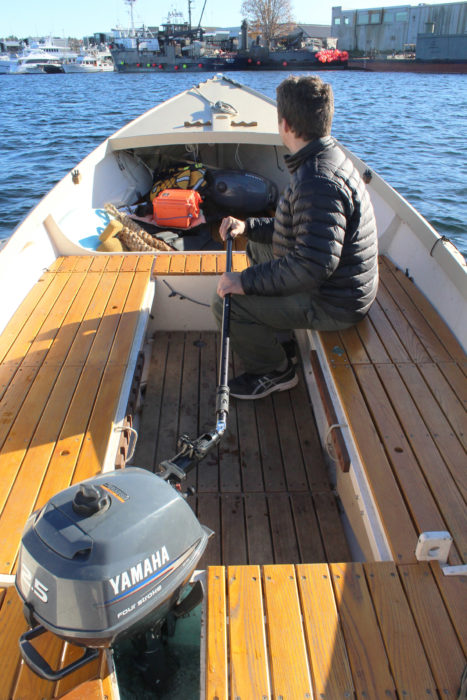
While the articulated extension looks like it might function like a Norwegian push-pull tiller, it does not. It takes two hands, not one, and a lateral sweeping motion instead of a push-pull.
When I tried the HelmsMate with the U-joint in play, I had the instructions provided for both it and the Handi-Mate in mind. The Handi-Mate’s instructions advised: “Steering with the swivel engaged should be limited to trolling speeds. Do not operate at high speed without first locking into rigid position.” The HelmsMate instructions read: “Intended only for use at trolling speeds. Do not use at higher speeds.” I’m not a fisherman, so I had to look up trolling speeds. There’s quite a range, from 1.7 knots for trout to 8.5 knots for marlin. With my boats and motors, I’m lucky to hit 5 knots, but it was easy enough to determine that the warnings applied to the lowest end of the trolling-speed scale.
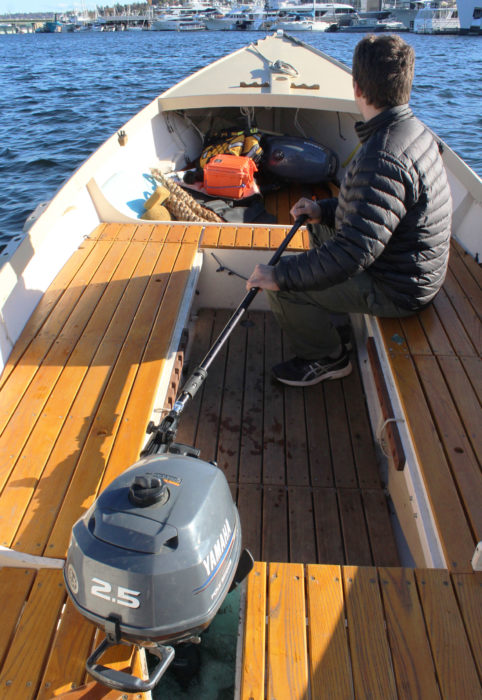
When the U-joint is being used, turning the motor can align the extension and the motor’s tiller. It’s important to have two hands on the extension to control the motor.
I had thought that putting the U-joint in play would be very much like using a Norwegian push-pull tiller on a rudder, but I was quite wrong. The two arms of a Norwegian tiller are always at an angle, and never lined up with each other. You can manage it with one hand, like a push broom. An articulated outboard extension is like an upright broom; it takes both hands, especially when sweeping across the point where it lines up with the outboard’s tiller. That “top-dead-center” (TDC) point is more than just a weak point. The torque created by an outboard and its propeller tend to twist the motor into a turn, to port for most small outboards, and the boat doesn’t need to be going fast for this twist to happen. (For more information, see the afterword of this outboard review.) With the HelmsMate, my Yamaha 2.5-hp would snap through TDC only when turning to port; turning to starboard was fine. My son and I quickly learned to put both hands on the extension before initiating turns. Doing that while seated is easier than while standing.
The U-joint turned the throttle smoothly with the extension angled up to about 60 degrees from straight and beyond that it continues to work if the throttle is at a position that puts the square piece in the U-joint on a diagonal. If that piece is level, when the extension is beyond the 60 degrees, the U-joint won’t rotate. The limitations on the range of motion weren’t restrictive in our use of the extension. The positions we took up when using the extension happened to keep the HelmsMate away from angles that compromise the U-joint’s smooth operation.
The HelmsMate is sturdily built and is a cinch to use in its rigid configuration; it just needs a bit of practice and caution when used as an articulated extension. I won’t be taking it back for a refund.![]()
Christopher Cunningham is the editor of Small Boats Magazine.
The Handi-Mate is available from some marine stores and online retailers, but the product has been, wisely I think, discontinued by Davis Instruments. The HelmsMate is available directly from Ironwood for $61.95 and from some online and conventional retailers.
Is there a product that might be useful for boatbuilding, cruising, or shore-side camping that you’d like us to review? Please email your suggestions.

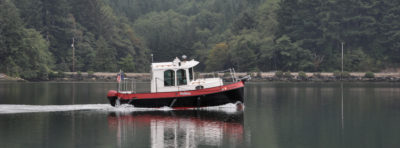
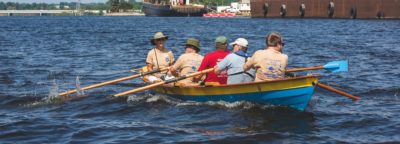

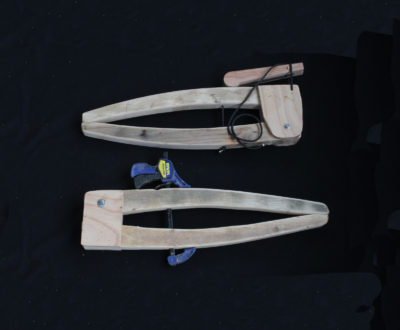
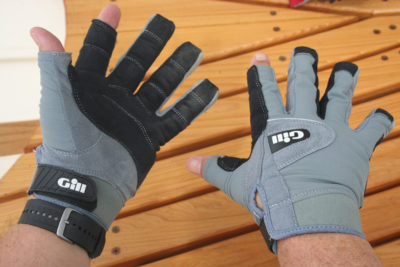
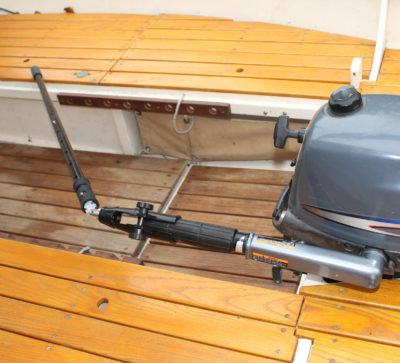
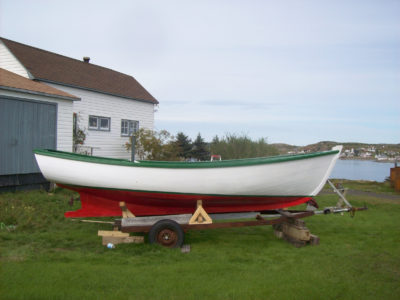
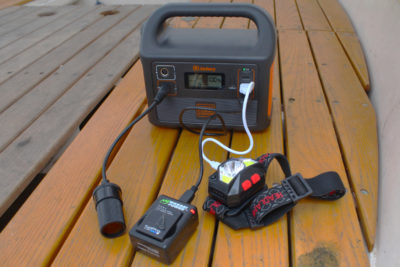
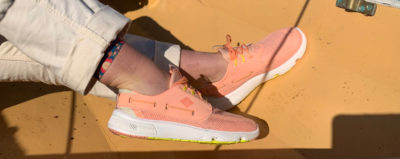
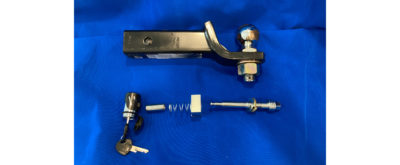
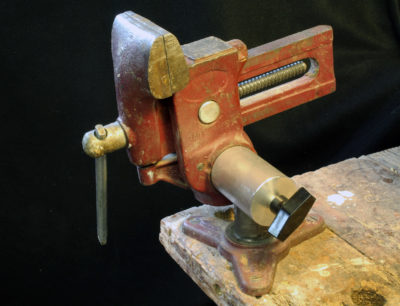
Join The Conversation
We welcome your comments about this article. If you’d like to include a photo or a video with your comment, please email the file or link.